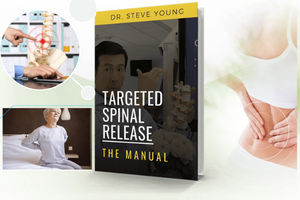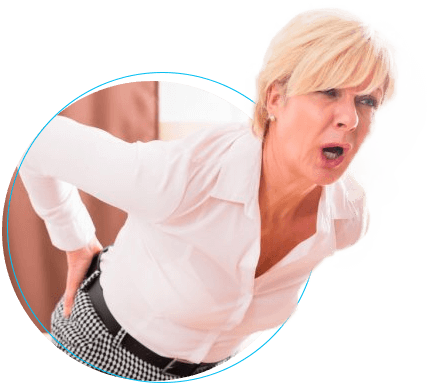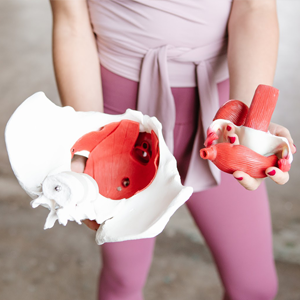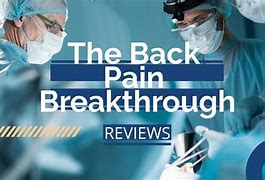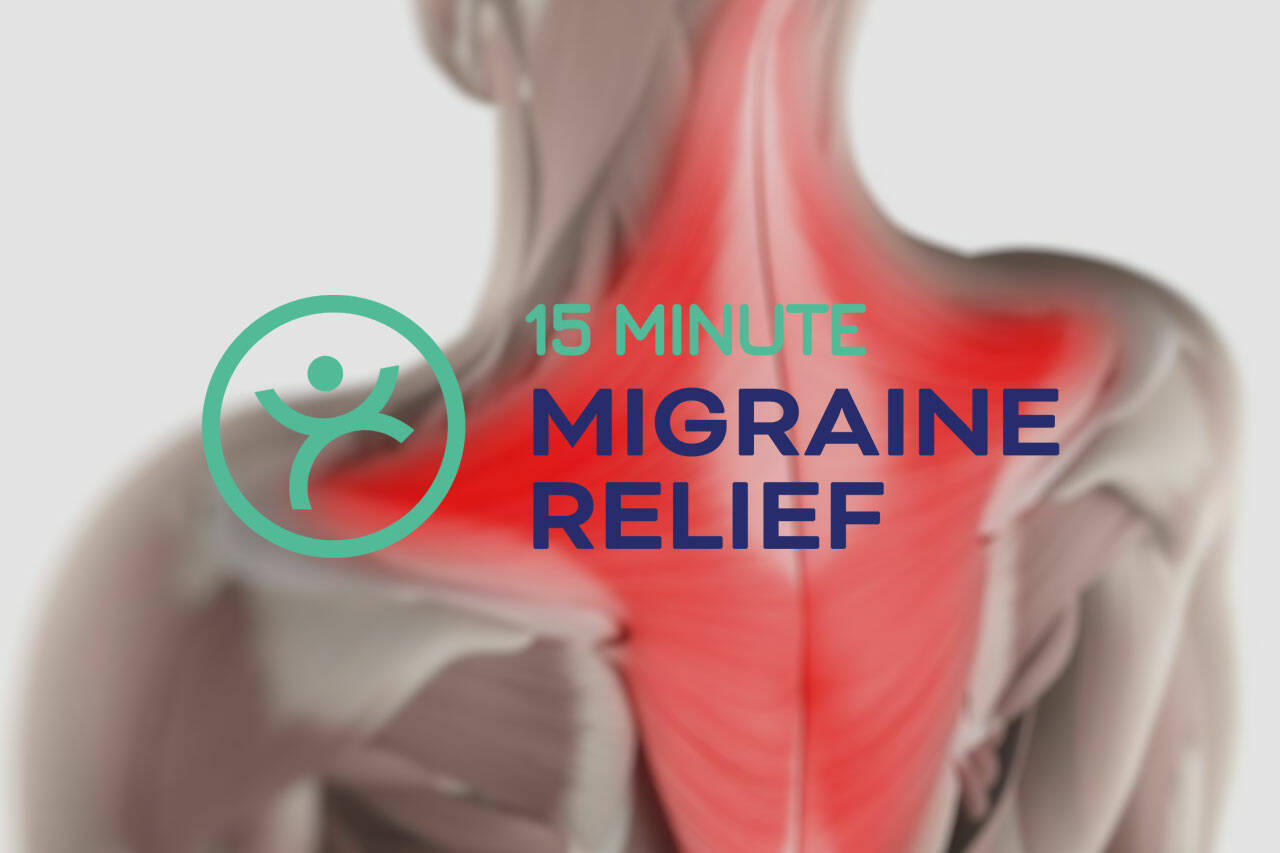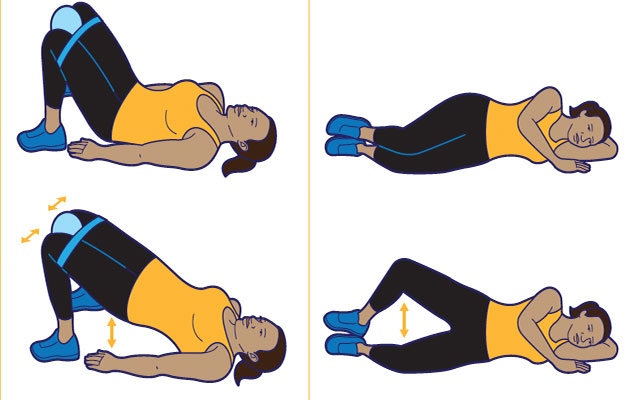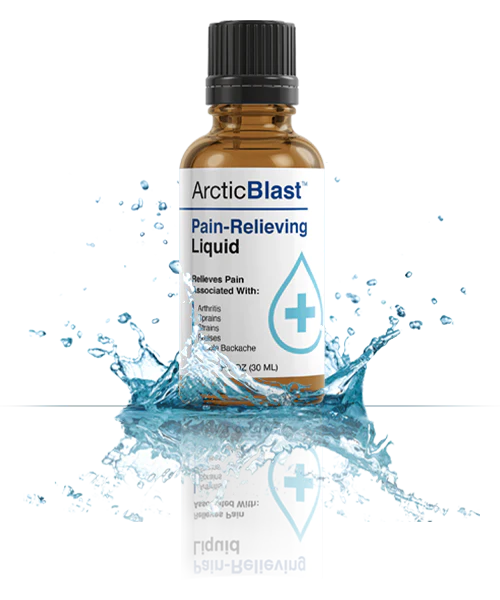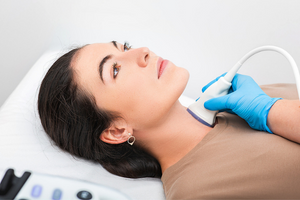Orgasmic Dysfunction In Women Over 50: Causes, Symptoms, and Treatments
Orgasmic dysfunction is a condition where a person cannot achieve sexual climax despite feeling sexually aroused. In women over 50, this condition may be more prevalent due to physical and hormonal changes that occur with age. There are several possible causes of orgasmic dysfunction in women over 50, including physical and medical conditions, medications, relationship or intimacy issues, cultural factors, and psychological factors. Some common physical causes may include hormonal changes due to menopause, pelvic floor muscle weakness, and neurological disorders. Certain medications, such as antidepressants and blood pressure medications, can also affect sexual function.
Symptoms of orgasmic dysfunction in women over 50 may include the inability to achieve sexual climax, having unsatisfying orgasms, and taking longer than normal to reach climax. It is important to note that not all women experience orgasms in the same way, and what may be considered "normal" can vary from person to person. However, if the lack of orgasm is causing distress or affecting sexual relationships, it may be worth seeking treatment.
Treatment for orgasmic dysfunction in women over 50 may involve a combination of approaches. Education about sexual stimulation and anatomy can be a helpful starting point, as well as exploring different sexual enhancement devices. Individual or couple therapy can be beneficial in addressing relationship or intimacy issues, and medications may also be prescribed in certain cases. It is important to consult with a healthcare provider to determine the most appropriate treatment plan based on individual needs and preferences.
In conclusion, orgasmic dysfunction can affect women over 50, and there are various causes and treatments to consider. Consulting with a healthcare provider can provide valuable insight and guidance in managing this condition.











